reviewed by Christina Lopez
Are you what some people would consider a sugar addict? Do you have an unbelievable sweet tooth that you can’t seem to get control over? If so, you most likely understand how bad certain sugar types can be for your body. While people have been using white sugar for as long as any of us can remember, it’s not the most significant thing to put into our bodies. White sugar can be evil for us to consume if we consume it, mainly if we deal with glucose problems.
Not only can white sugar cause an incredible amount of weight gain, but it can also lead to an increased risk of heart disease, acne, diabetes, depression, and cellular aging. White sugar can also increase your risk of getting certain types of cancer, which we would all prefer to do without.
Luckily, there are natural sugar substitutes out there that work just as well, if not better, than white sugar. One of those raw sugar substitutes is called agave nectar, and you won’t believe the incredible benefits of using this natural substitute!
Contents
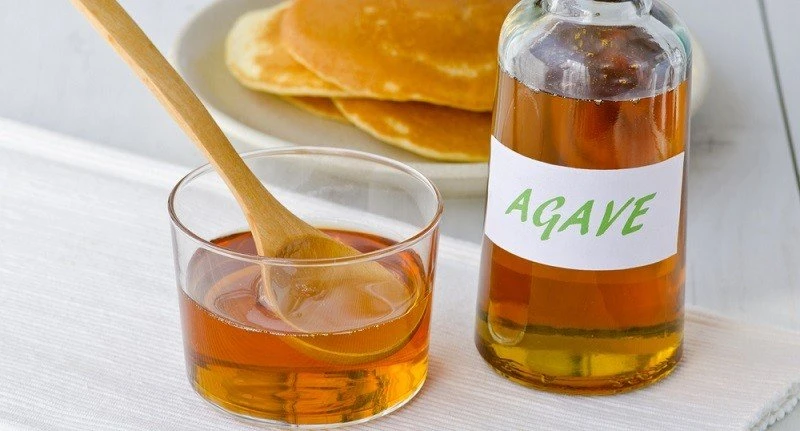
Agave nectar is a fantastic plant-based sweetener that can easily be substituted for white sugar, brown sugar, or any other refined sugars. Replacing agave nectar will help you avoid the adverse effects of other sugars, such as a spike in your blood glucose levels and weight gain. Substitute one tablespoon of granulated brown cane sugar with 1/3 cup of agave to get the same sweetness!
Substituting agave nectar for other sugars can help lower your risk of diabetes or heart disease.
Agave nectar may be substituted for part or all of the sugars or liquid sweeteners in many recipes. Drinks, salad dressings, sauces, and many desserts are among the most straightforward substitutions. More experimentation may be necessary when substituting for sugars in recipes containing precise chemistry – for example, cooked candies and some baked goods.
Candy recipes like toffees and nut brittles rely on refined sugars’ chemical reactions, which substitutions may disrupt. It may be possible to substitute, but ratios could take some tinkering to produce optimum results.
Similarly, recipes for baked goods containing white sugar may be too sensitive to changes in ingredients’ moisture levels. If replacing all the sugar in a recipe (while reducing liquids) does not produce good results, try replacing only half the sugar with agave nectar.
We use sugar all of the time, from putting it into our coffee or baking it into a cake. Because of this, it’s essential to know how to replace it properly, so you’re not using too much or too little. As we all know, too much of something isn’t usually a good thing, and the same thing can be said for agave nectar.
Did you know that honey is typically made from beehives and can be expensive? Agave nectar, on the other hand, comes from succulent plants. This makes it a cheaper alternative to your morning cup of tea or even coffee!
For such an essential staple in most people’s diet–don’t let all those bees have their fun with me while I’m eating my food too!–it seems like agave syrup would just as well do for someone who wants something sweet without having to worry about prices going up due to shortage of supply. Now make some pancakes before they get cold!
When using agave instead of honey, you should stand by the one-to-one ratio in sweetness. This means that you should replace every one cup of honey with one cup of agave.
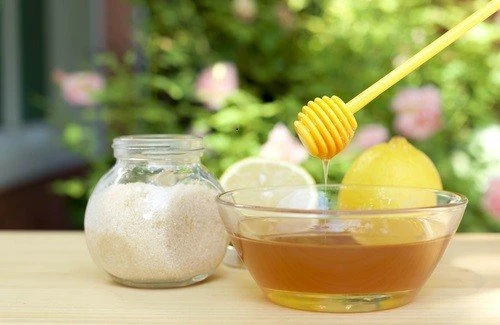
Due to a new trend in healthier eating, more people are switching from maple syrup to agave nectar. Agave is about one-third sweeter than sugar and has no fructose or glucose; it’s coming from “complex” sugars. However, many contend that the taste isn’t as pleasant due to its unique flavor profile and consistency – which can be offputting for consumers who prefer traditional syrups like maple syrup with their pancakes and waffles!
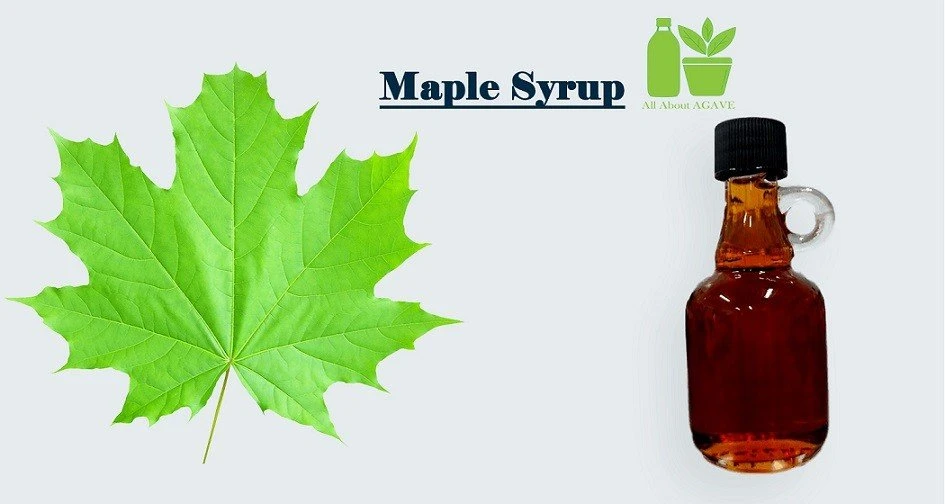
The decision between these two sweeteners comes down to personal preference. If you’re looking for something natural but still want your food just as tasty come breakfast time, then maybe consider trying out agave instead of going back over old habits again.
When replacing maple syrup with agave nectar, you want to use the same one-to-one standard.
Replace each cup of maple syrup with one cup of agave syrup.
Agave nectar is a natural, sugar-free sweetener that can use in many recipes. Unlike brown rice syrup, which has an unpleasant flavor and leaves behind gritty residue mixed with other ingredients, agave nectar blends smoothly without any clumps or chunks to worry about. If you’re looking for ways to cut down on your intake of refined sugars like the one found in white table sugar, this may be what you need!
You could use it as a replacement for honey or maple syrup by using half the amount called for – but don’t forget, if substituting liquids, always make sure there’s enough liquid, so they won’t thicken too quickly while cooking something up!

When replacing a cup of brown rice syrup, use 1/2 to 1/3 as much agave, and increase other liquids in the recipe by 1/2 a cup.
You might be surprised to know that the main ingredient in corn syrup is high fructose corn sugar, linked with obesity and diabetes.
The best replacement option? Agave nectar! Made from a cactus-like plant native to Mexico of all places, this natural sweetener offers more than just fantastic taste – it also boasts an impressive nutritional profile, including calcium, iron potassium, and magnesium.
There are many benefits to substituting Agave Nectar for corn syrup in your everyday cooking. Not only does the use of this sweetener make a healthier breakfast, but it is also more economical than sugar or high-fructose corn syrup.
There has been an explosion of new health-conscious foods popping up on supermarket shelves these days, and one that caught my eye was agave nectar. I always try to stay away from refined sugars as much as possible, so I saw how similar its chemical makeup is to honey (minus those pesky allergens).
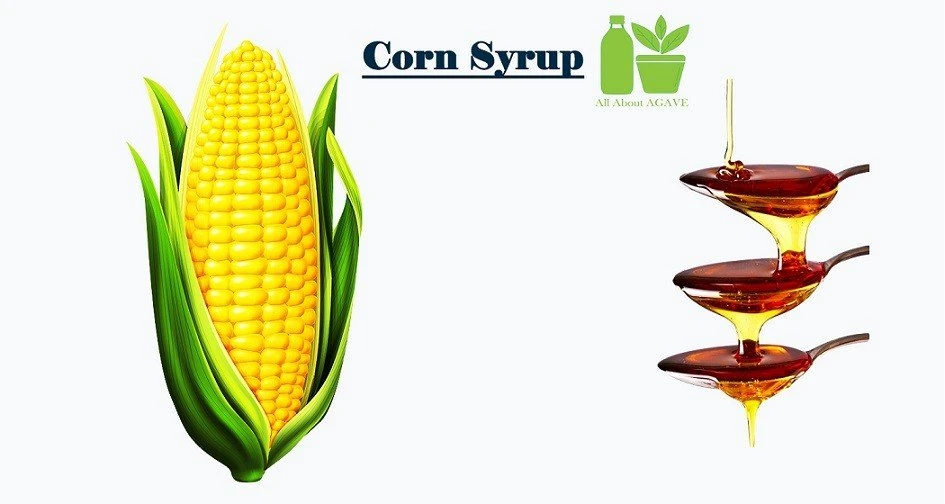
When replacing a cup of light corn syrup, use 1/2 as much agave, and increase other liquids in the recipe by up to 1/3 of a cup. Like corn syrup, agave nectar will not crystallize.
Agave Nectar is sweeter than sugar and has a low glycemic index (GI). It’s also vegan-friendly, meaning it doesn’t contain any animal products.
Agave nectar may be just the thing to take your baked goods from so-so to spectacular! You can do all sorts of items with this lovely natural sweetener – substitute agave in place of granulated sugars for richer flavor and lower GI; use as an ice cream topping or in smoothies instead of honey because they are both vegan friendly. Add some sweetness without adding calories by using 1/3 cup syrup mixed into the coffee creamer.
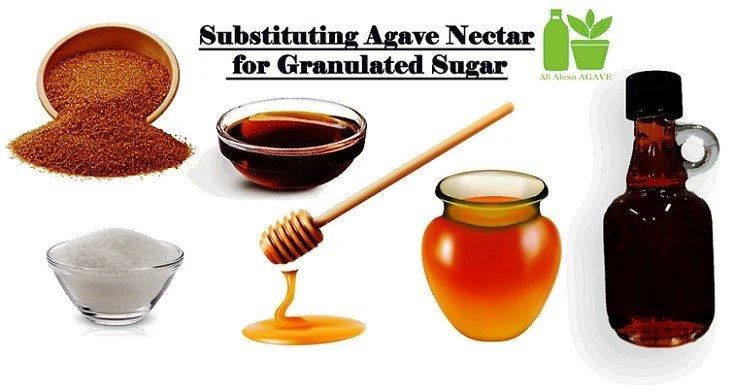
In recent years, Agave Nectar has been a popular substitute for white sugar. It is similar to honey in that it comes from plants, and its taste can vary depending on the type of plant used. However, there are some common attributes: both have high fructose levels, which make them sweeter than table sugar.
They also naturally contain many healthful properties, including antioxidants such as saponins or polyphenols with anti-inflammatory qualities that help maintain good digestive function while reducing cholesterol absorption rates by up to 20%.
In Mexico, where this natural sweetener originates from (known locally as agua miel), studies found subjects experienced an increase in weight loss when using Agave instead of other types of sugars at just half the calorie count!
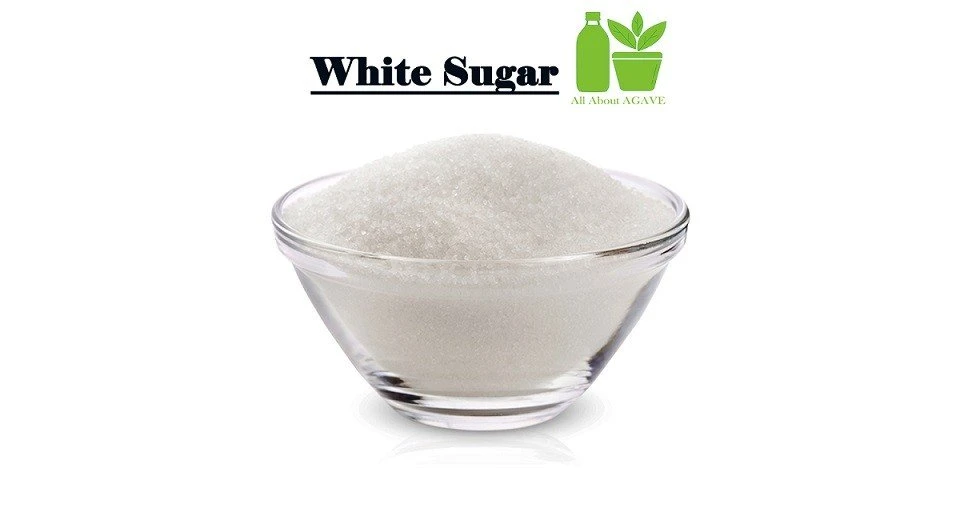
For each cup of white sugar replaced, use 2/3 of a cup of agave and reduce other liquids by 1/4 to 1/3 cup. This substitution will also work for Demerara Sugar, Turbinado Sugar, Evaporated Cane Juice, or Sucanat. You can also use this substitution for Demerara Sugar, Turbinado Sugar, Evaporated Cane Sugar, and Sucanat.
With the rise of healthy living, sugars such as brown sugar are replaced with natural substitutes with a lower glycemic index. Agave nectar is becoming a popular choice for sweetening baked goods and can be found in most grocery stores these days.
Agaves make excellent substitutions when baking because they maintain consistency, whether hot or cold outside, unlike artificial ingredients, which melt easily at different temperatures! This means you don’t need to adjust your recipe any more than usual if you use agave instead of refined granulated sugar like white cane, maple syrup, honey, etcetera depending on what type of food items you’re making.
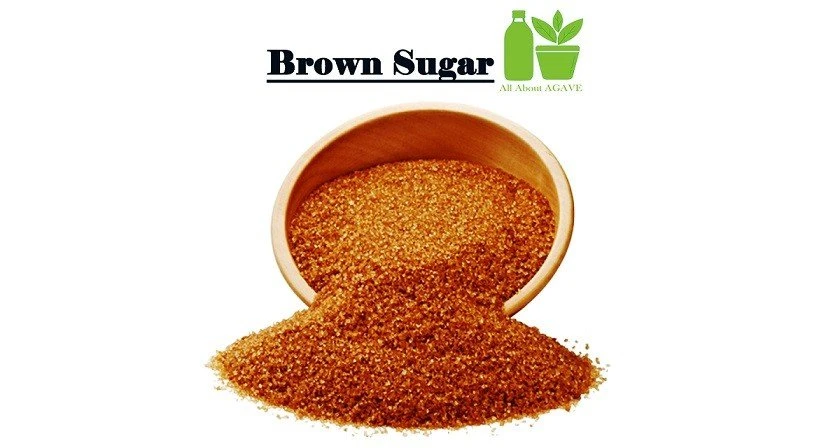
When it comes to replacing brown sugar with agave nectar, you’re going to follow the exact instructions as you would with white sugar. This time, you won’t have to reduce the other liquids because brown sugar has a higher moisture content than white sugar.
For each cup of white sugar replaced, use 2/3 of an agave cup and reduce other liquids by 1/4. Because the moisture content of Brown Sugar is higher than that of white sugar, liquids may not have to be reduced as much when substituting agave nectar.
Agave syrup may cause baked items to brown more quickly, reducing oven temperatures by 25°F is and increasing baking time slightly.
As you can see, there are plenty of ways that you can include agave nectar in your daily diet. While the jury may still be out about whether or not agave nectar is better for you than other options, it’s undoubtedly better for those who suffer from glucose-related medical problems. Suppose you’re seriously considering switching out your white sugar for a more natural substance other than maple syrup or honey.
In that case, you should consider using the nectar of the agave plant.
Not only will you feel better because you’re not putting artificial sugar or bleached sugar into your coffee or baked goods, but if you have diabetes, agave is undoubtedly a safe alternative. Just do a little bit of your research, and if need be, speak to your doctor to make sure that they agree that agave nectar is a healthyoption for you to implement into your life.
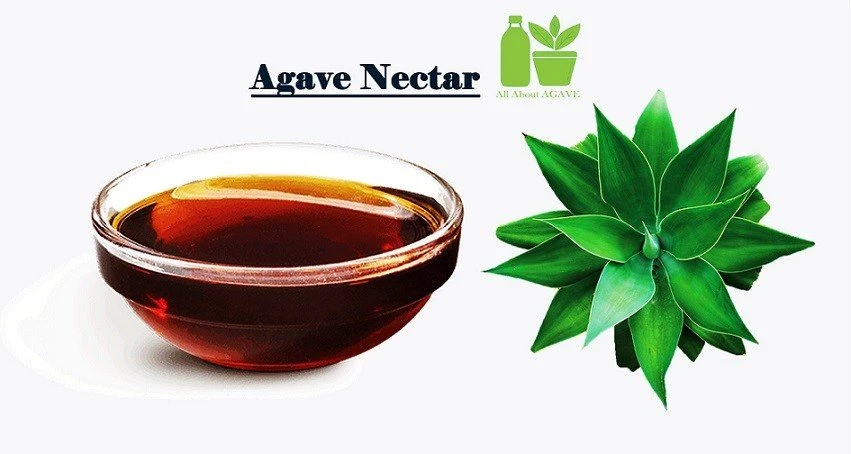
While some people take advantage of stevia, honey, raw sugar, maple syrup, or even molasses to sweeten their foods, there’s nothing more beneficial than using agave nectar in your kitchen. Agave sweetener comes from the agave plant’s sap, a cactus predominantly found in Mexico’s different regions.
Agave nectar is produced by heating or enzymatically treating and filtering sap from the beautiful agave plant’s heart. Just one teaspoon of agave has 21 calories and trace amounts of nutrients like vitamins A, C, K, E, and B6.
It has also been said that agave has a gentler impact on blood sugar because of its fructose content, which gets absorbed and metabolized by the liver instead of directly absorbed into the bloodstream.
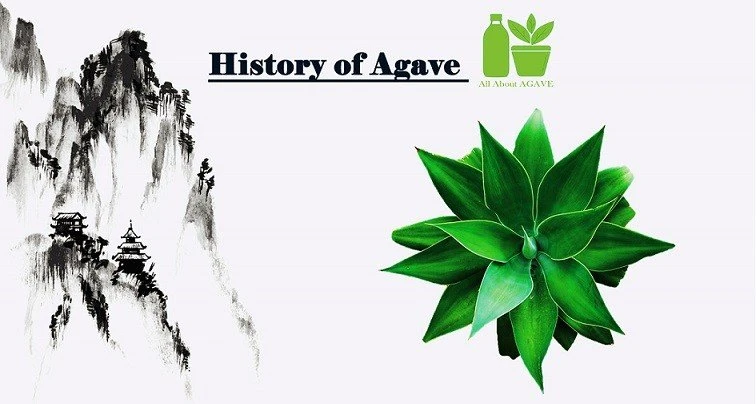
Surprisingly, agave nectar isn’t something that we’ve just been made aware of. The use of agave nectar as a sweetener and other things goes back for quite some time. The Aztecs used a blend of agave nectar and salt to take care of wounds and different skin disorders or infections. Modern-day medical professionals have confirmed that the use of agave nectar on wounds helps to fight against the pus-producing bacteria in the body, known as pyogenic bacteria.
When you add salt to agave nectar, it helps boost the nectar’s anti-microbial properties, killing off the unwanted microorganisms in the body. It also fights against enteric or intestinal bacteria effectively. Agave nectar can be an incredibly beneficial ingredient to add to your grocery list!
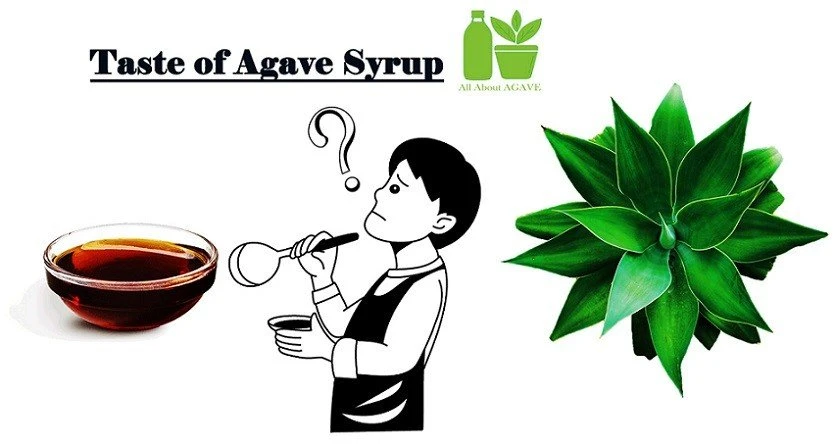
Agave syrup is highly similar to honey or maple syrup in many ways. Still, the taste is a lot lighter and more pure-tasting than maple syrup or even honey. The agave nectar’s consistency is slightly thinner than honey but a bit thicker than most maple syrup. While honey is a bit strong and maple syrup tastes a little bit woody, agave nectar tastes sweet, which is why it makes the perfect sweetener for baking or adding to a cup of coffee.
 |
 |
 |
 |

About Christina Lopez
Christina Lopez grew up in the scenic city of Mountain View, California. For eighteen ascetic years, she refrained from eating meat until she discovered the exquisite delicacy of chicken thighs. Christina is a city finalist competitive pingpong player, an ocean diver, and an ex-pat in England and Japan. Currently, she is a computer science doctoral student. Christina writes late at night; most of her daytime is spent enchanting her magical herb garden.
 |
 |
 |
 |
Get new FREE Gifts. Or latest free growing e-books from our latest works.
Disable Ad block to reveal all the links. Once done, hit a button below
 |
 |
 |
 |